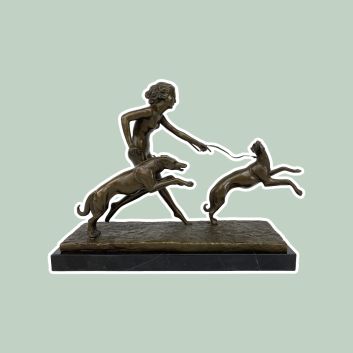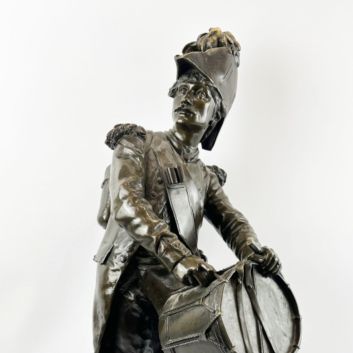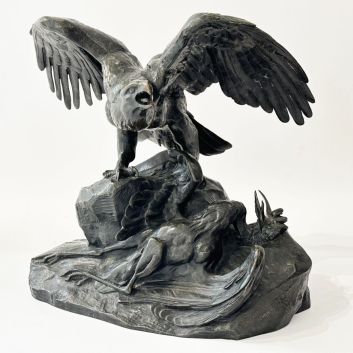Cote et valeur des oeuvres, bronzes, sculptures d'Hippolyte Moreau

Si vous détenez une œuvre réalisée par Hippolyte Moreau ou d’après lui, et que vous souhaitez connaître sa valeur, nos experts et commissaires-priseurs agréés par l’État vous offriront leurs services d'expertise.
Nos spécialistes s’emploieront à réaliser une expertise gratuite de votre œuvre, et vous transmettront une estimation précise de sa valeur sur le marché actuel.
Par la suite, si vous désirez vendre votre œuvre, nous vous orienterons vers le meilleur dispositif possible pour en obtenir un prix optimal.
Cote et valeur des œuvres de Hippolyte Moreau
Hippolyte Moreau a produit des sculptures uniques. Désormais, les prix de ses créations peuvent augmenter considérablement au marteau des commissaires-priseurs. Ses sculptures sont particulièrement prisées, par les acheteurs du monde entier.
Le prix auquel elles se vendent sur le marché de l’art s’échelonne entre 30€ et 100 000€, pour le moment, un écart conséquent mais qui en dit beaucoup sur la valeur qui peut être attribuée aux œuvres de Hippolyte Moreau, dont la production est très abondante.
En 2013, sa sculpture en marbre Méditation, a été vendue à hauteur de 100 000€, estimée à l’origine entre 100 000 et 120 000€.
Le potentiel de hausse pour les œuvres de Hippolyte Moreau sur le marché des enchères est donc énorme. La sculpture animalière, en particulier en bronze, rencontre beaucoup de succès dernièrement et atteint des records d’enchères.
Ordre de valeur allant d’une œuvre simple à la plus prestigieuse
Technique utilisée | Résultat |
|---|---|
Céramique | De 320 à 2 750€ |
Objet (vase, serre-livre...) | De 20 à 1 200€ |
Sculpture - volume | De 30 à 100 000€ |
Réponse en - de 24h
Style et technique de l’artiste Hippolyte Moreau
Hippolyte Moreau est un artiste aux talents multiples qui a exploré divers supports, dont le marbre et la céramique, avec une prédilection marquée pour le bronze.
En plus de ses œuvres majeures en sculpture, il a donc produit quelques dessins, vraisemblablement des esquisses préparatoires à ses sculptures animalières caractérisées par une esthétique minimaliste et un réalisme important.
Parallèlement, il s’est aventuré dans le travail de la sculpture animalière et particulièrement des oiseaux, réalisant des pièces de décoration uniques qui témoignent de son sens aiguisé du design, alliant technique et esthétisme avec une précision remarquable.
Sa veine stylistique évoque celle d'artistes tels que Gaston le Bourgeois, Paul Landowski ou encore Armand Petersen, créant ainsi un lien entre tradition et innovation, même si ces derniers sont plus contemporains.
L’influence de la sculpture et de l’architecture médiévales se fait ressentir dans son œuvre, mais celle-ci demeure résolument contemporaine, ancrée dans son époque tout en la transcendant par une sensibilité qui lui est propre.
Hippolyte Moreau réussit à marier des formes classiques à une interprétation moderne, capturant l'essence même de ses sujets tout en repoussant les frontières de la représentation artistique.
L’esthétique de Hippolyte Moreau se distingue par un minimalisme raffiné : ses sculptures sont soigneusement dépouillées de tout élément superflu, mettant en avant la représentation pure de l’animal dans toute sa majesté.
Chaque détail, chaque courbe est soigneusement pensée, révélant une harmonie entre le sujet et le matériau. Sa vision audacieuse et son approche novatrice font de lui un artiste en avance sur son temps.
Les sculptures de Hippolyte Moreau conservent une actualité saisissante qui continue de fasciner et d’inspirer, s'imposant comme des icônes intemporelles de la sculpture moderne.
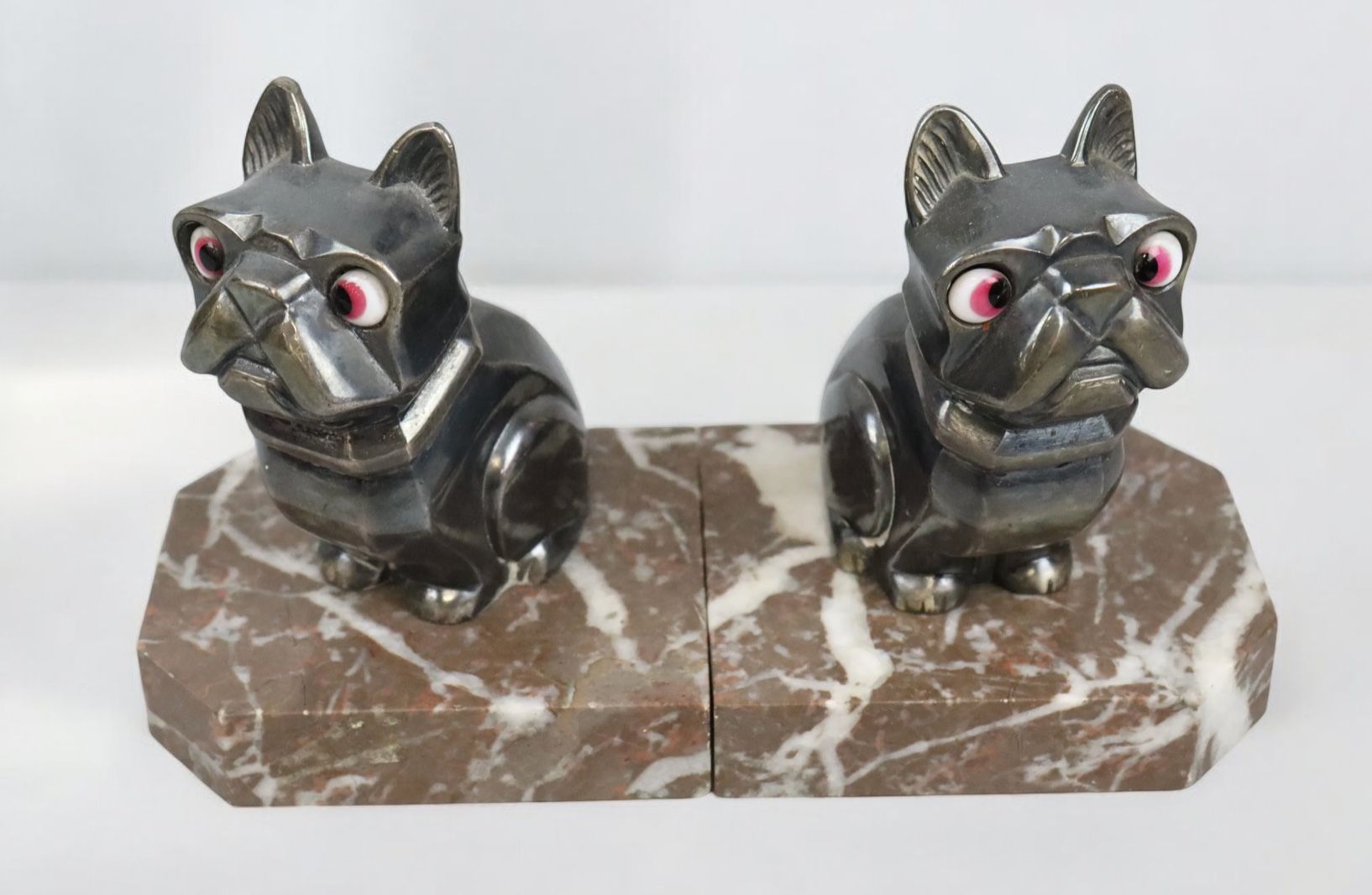
La carrière d'Hippolyte Moreau
Hippolyte Moreau (1832-1927), d'origine française, naît à Paris. Il commence son apprentissage à l'École des Beaux-Arts, où il étudie la sculpture et les techniques traditionnelles.
En 1855, il remporte le prix de Rome, ce qui lui permet de s'installer à la Villa Medici pour approfondir sa formation. C’est dans son propre atelier qu’il perfectionne son art, créant des œuvres qui allient classicisme et innovation.
Dans les années 1880, il devient une figure centrale de la sculpture française, exposant régulièrement au Salon de Paris. Ses œuvres, souvent inspirées de la mythologie et des portraits, se distinguent par leur expressivité et leur raffinement.
En 1889, lors de l'Exposition universelle, Moreau reçoit une médaille d’or, consolidant sa réputation et attirant l’attention d’un public international.
Dès 1892, il s’affirme également à l’étranger, participant à des expositions à l’Exposition internationale de Chicago, où son talent est reconnu au-delà des frontières. En 1900, il est élu membre de l’Académie des Beaux-Arts, soulignant ainsi l'importance de son œuvre dans le paysage artistique de son époque.
En parallèle de sa carrière, Moreau enseigne à l’École des Beaux-Arts, partageant son expertise avec la nouvelle génération d’artistes. Sa passion pour la sculpture et son dévouement à l’art lui permettent de marquer durablement son époque.
Au fil des décennies, Hippolyte Moreau continue de créer des œuvres magistrales, et même après sa disparition en 1927, son héritage artistique perdure, témoignant de la beauté et de la profondeur de ses créations.
Sculpter les formes au XIXème siècle avec Moreau
Alors que le XIXe siècle est marqué par des bouleversements artistiques et sociaux, les sculpteurs trouvent une source d’inspiration inépuisable dans l’histoire, la mythologie et la nature, cherchant à représenter leurs sujets avec une sensibilité nouvelle.
Ce genre artistique, souvent régi par des conventions, connaît un renouveau grâce à des sculpteurs visionnaires comme Hippolyte Moreau, qui parviennent à capturer l’essence des figures avec une profondeur et une expressivité remarquables.
Au cours de cette période, la sculpture se réinvente sous l’impulsion de figures emblématiques, parmi lesquelles Moreau se distingue par sa capacité à allier classicisme et innovation.
Son approche technique, marquée par des lignes élégantes et des volumes harmonieux, lui permet de transmettre l’émotion et le caractère des sujets qu’il sculpte. Ses créations, inspirées de la mythologie et des scènes historiques, deviennent des symboles d’un style distinctif.
Ses sculptures, présentées au Salon de Paris, suscitent l’admiration, grâce à sa capacité à donner vie à des personnages en reflétant à la fois leur grandeur et leur fragilité.
Dans les années 1880 et 1890, la sculpture en France entre dans un véritable âge d'or, et Moreau, aux côtés d'autres artistes tels que Jean-Baptiste Auguste Clésinger, se distingue par sa maîtrise de l’expression humaine.
Il excelle dans la représentation des figures féminines et des scènes d’action, alliant précision anatomique et puissance expressive. Par ses œuvres, il parvient à évoquer des émotions profondes, établissant un dialogue entre le spectateur et la sculpture.
L'influence du mouvement symboliste se fait également sentir, conférant à ses créations une dimension mystique, où chaque sculpture raconte une histoire.
Tout au long de sa carrière, Moreau utilise des matériaux variés, comme le plâtre et le bronze, renforçant ainsi l'impact visuel et tactile de ses œuvres. Les formes, bien que stylisées, conservent un lien fort avec la réalité, témoignant d'une époque en pleine transformation.
Au XIXe siècle, la sculpture évolue en reflétant les préoccupations d'une société en mutation, oscillant entre la quête de la beauté et l'exploration des émotions humaines.
Chaque artiste, et en particulier Hippolyte Moreau, a apporté sa propre vision, enrichissant ainsi ce genre artistique d’une diversité d’approches qui continue d’inspirer et de fasciner.
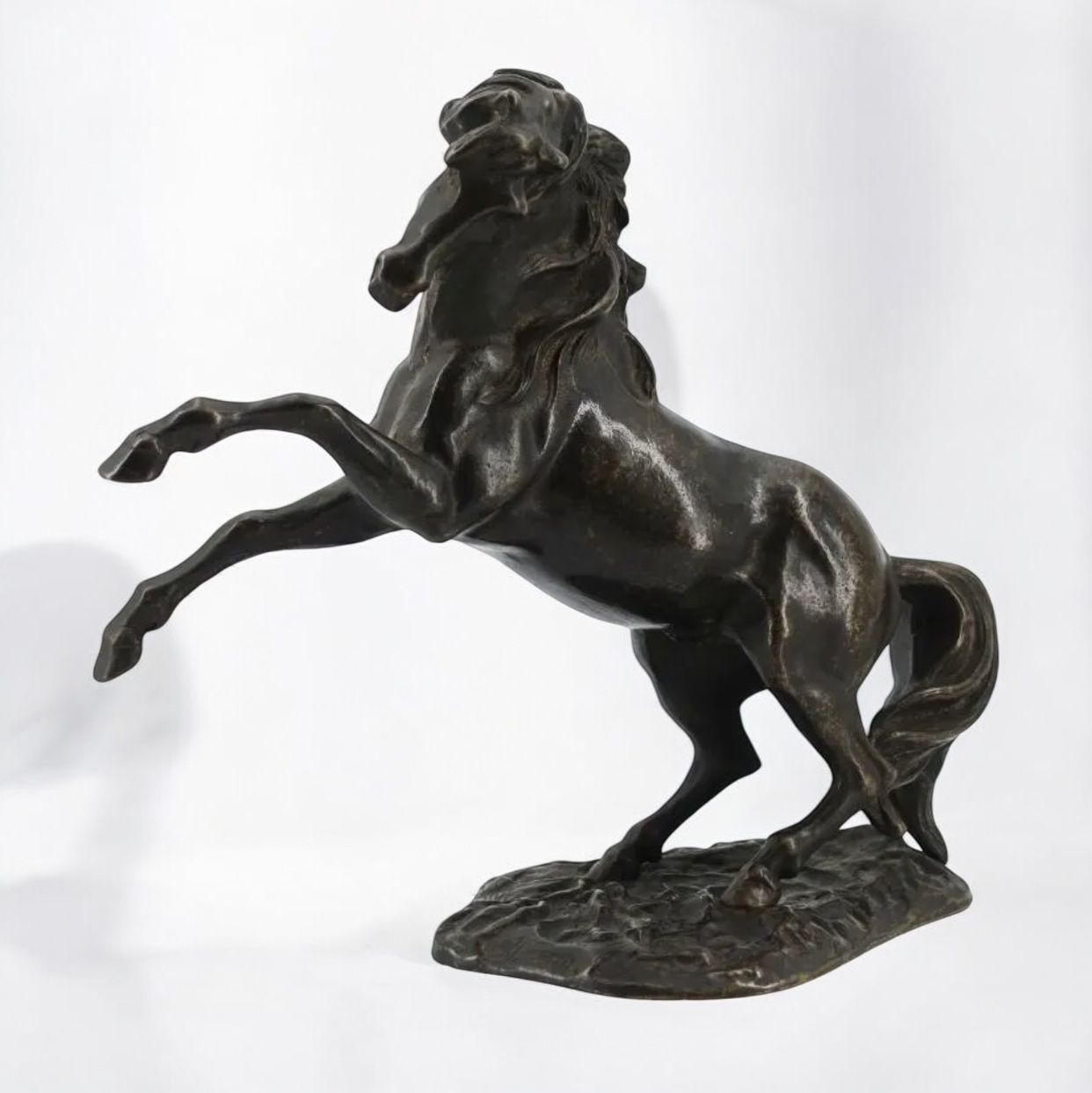
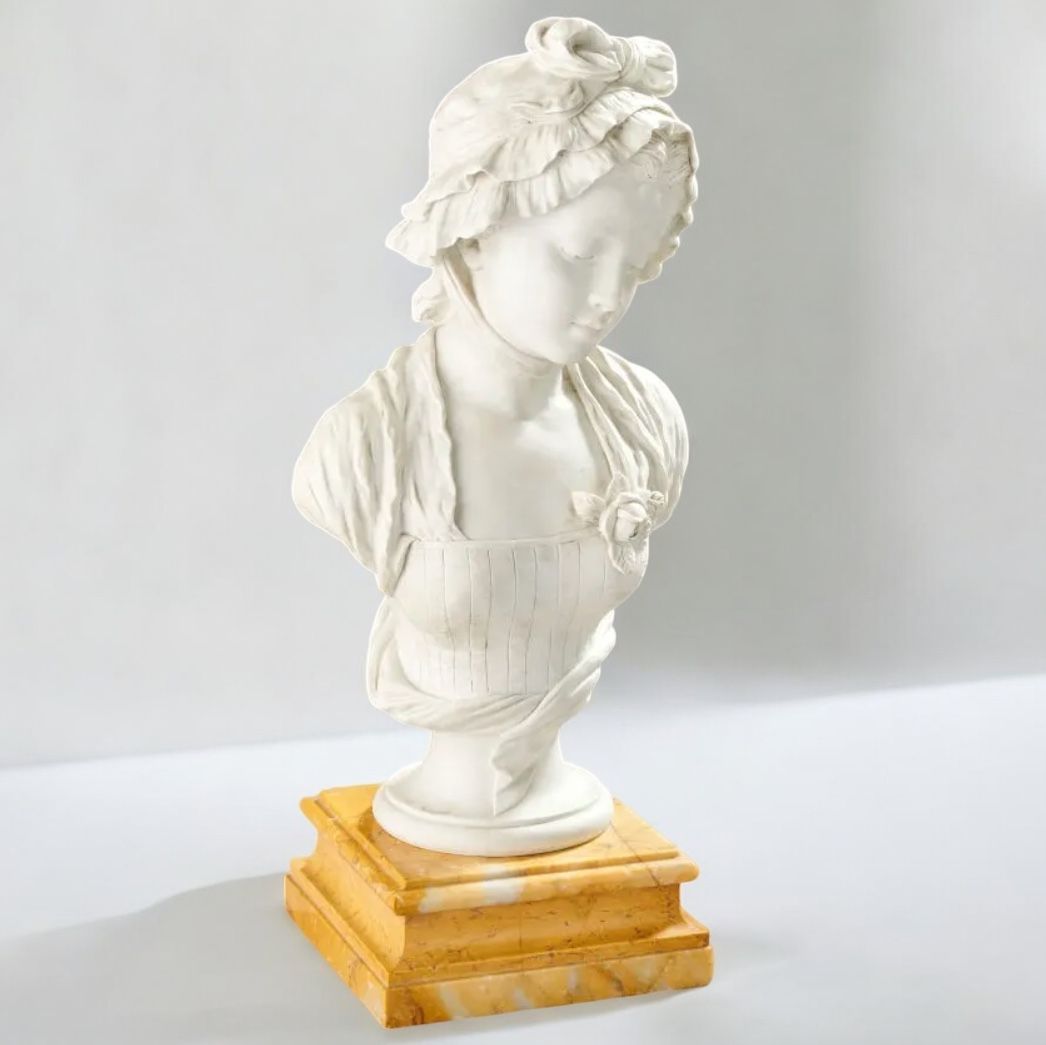
Focus sur Groupe d’enfants, Hippolyte Moreau
Le Groupe d’enfants d’Hippolyte Moreau, conservé au musée des Beaux-Arts de Troyes, est un exemple parfait de la délicatesse et de l’expressivité qui caractérisent ses œuvres.
Moreau, avec une finesse remarquable, capture ici l’énergie insouciante de l’enfance, tout en insufflant à sa sculpture une qualité intemporelle.
Ce groupe en marbre se distingue par la douceur des formes et la précision des détails. Les visages des enfants, empreints de joie et d’innocence, sont sculptés avec une attention minutieuse, révélant l’habileté de Moreau à transmettre l’émotion à travers la pierre.
Chaque enfant, figé dans une posture naturelle, semble pris dans un moment de jeu, offrant une scène vibrante de vie.
Moreau excelle dans l’art de rendre palpables les émotions, et dans cette œuvre, il réussit à traduire la vivacité de l’enfance tout en maintenant une élégance classique.
Les lignes fluides et les courbes harmonieuses des corps créent une sensation de mouvement, tout en conservant une certaine retenue propre à la sculpture académique.
Ce marbre, par la précision de son exécution et la tendresse qu’il dégage, témoigne de la maîtrise technique de Moreau, ainsi que de sa capacité à donner vie à ses sujets. Le Groupe d’enfants incarne à la fois la joie de vivre et la pureté, dans une composition qui allie grâce et simplicité.
À travers cette sculpture, Moreau fait preuve d’un talent certain pour saisir l’instant, tout en laissant transparaître la profondeur émotionnelle qui habite ses œuvres.
Reconnaître la signature de Hippolyte Moreau
Hippolyte Moreau ne signe pas toujours ses œuvres. Si vous pensez en posséder une, il est préférable de la faire expertiser.

Connaître la valeur d’une œuvre
S’il s’avère que vous possédez une création de Hippolyte Moreau ou que vous pensez en posséder un, n’hésitez pas à demander une évaluation gratuite moyennant notre formulaire sur notre site internet.
Un membre de notre équipe, composée d'experts et de commissaires-priseurs agréés, vous contactera promptement afin de vous communiquer l’estimation de la valeur marchande de votre pièce, sans oublier de vous transmettre les informations ad hoc sur celle-ci.
Si vous souhaitez vendre votre bien, vous serez également accompagnés par nos spécialistes afin de bénéficier d’alternatives pour le céder au meilleur prix possible, prenant en compte les inclinations du marché.
Réponse en - de 24h
A découvrir dans la même thématique
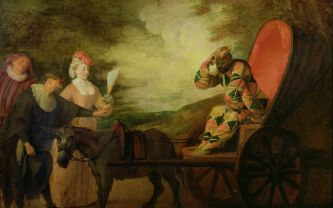
Cote et valeur des oeuvres, peintures de Jean Antoine Wattea...
Jean-Antoine Watteau est un peintre fondateur du mouvement Rococo, qui a produit beaucoup d'huile sur toile, cotées aux enchères. Estimation en 24h.
En savoir plus >
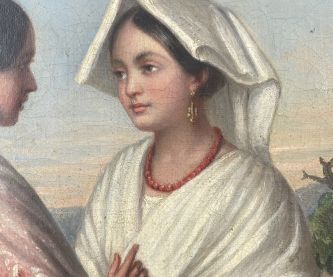
Cote et valeur des tableaux, dessins, peintures de Sophie Al...
Sophie Allart est une artiste du XIXème siècle qui a majoritairement des huiles sur toile pour l'instant non cotées sur le marché des enchères.
En savoir plus >
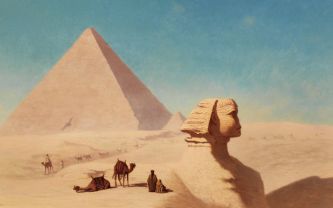
Cote et valeur des tableaux, dessins de Charles Théodore Frè...
Charles Théodore Frère est n peintre orientaliste qui a produit des tableaux dont la cote et la valeur sont élevées sur le marché des enchères.
En savoir plus >
Site sécurisé, anonymat conservé
Commissaire-priseur et expert agréé par l'État
Estimations gratuites et certifiées
